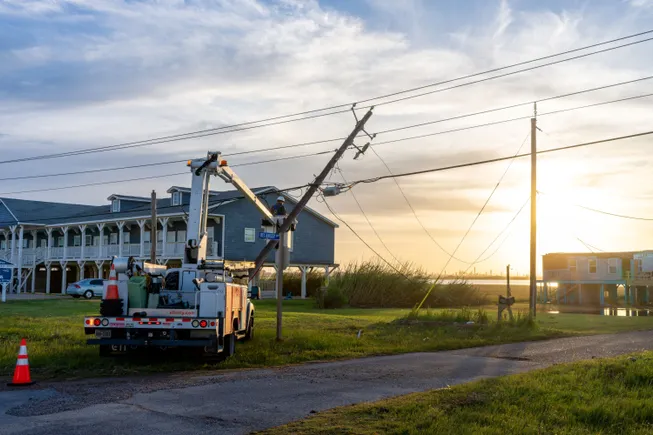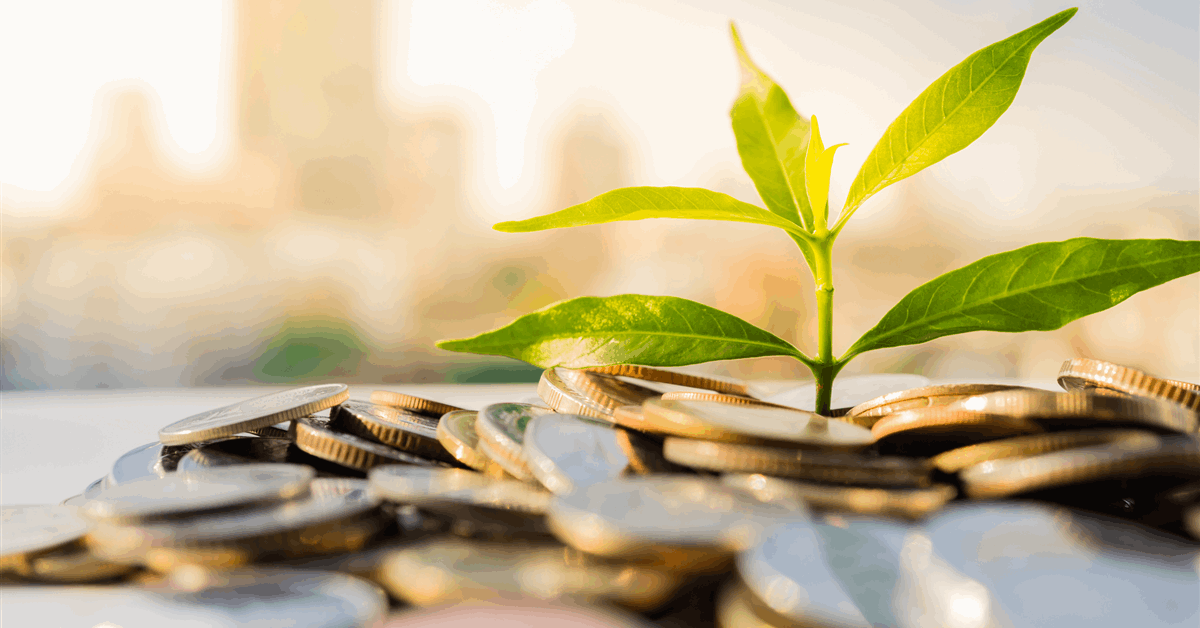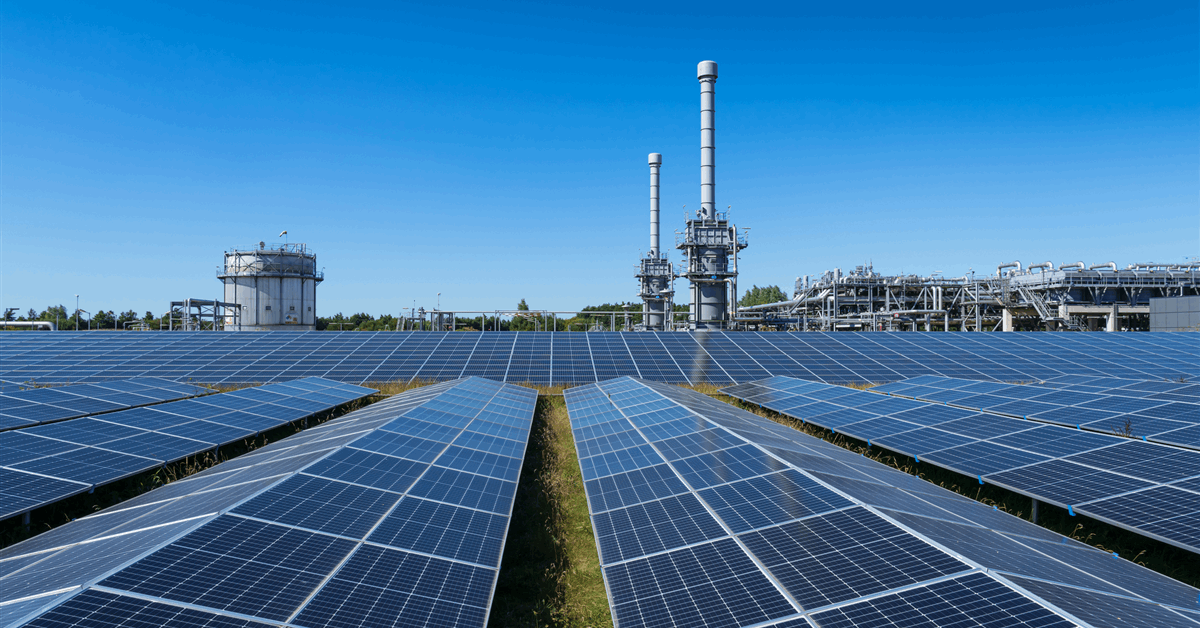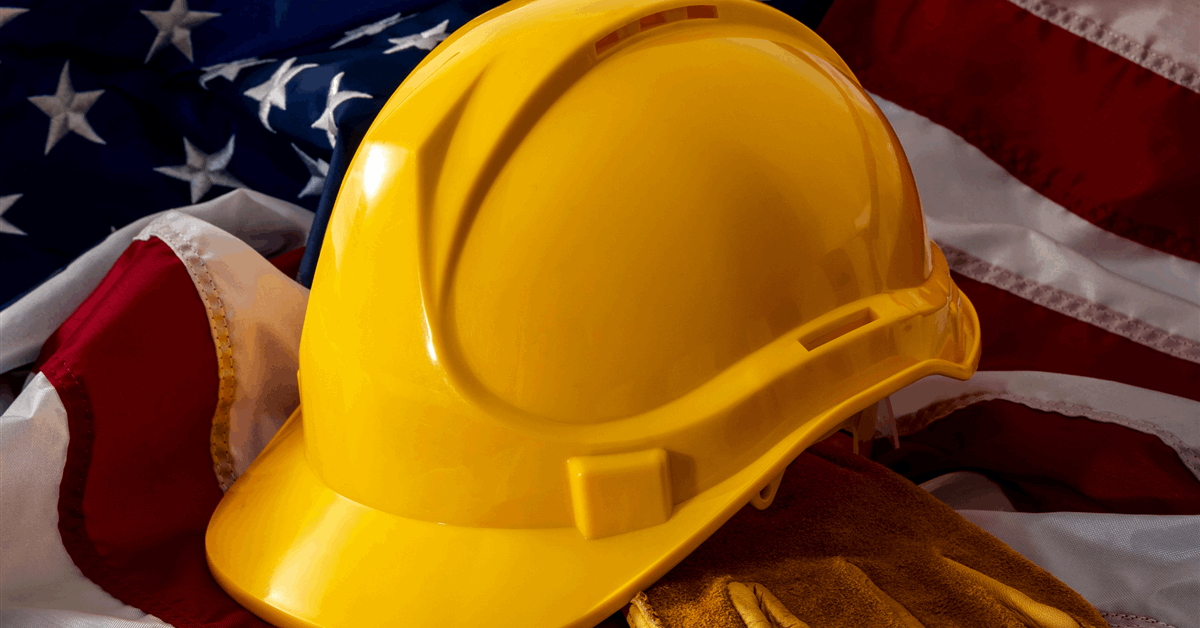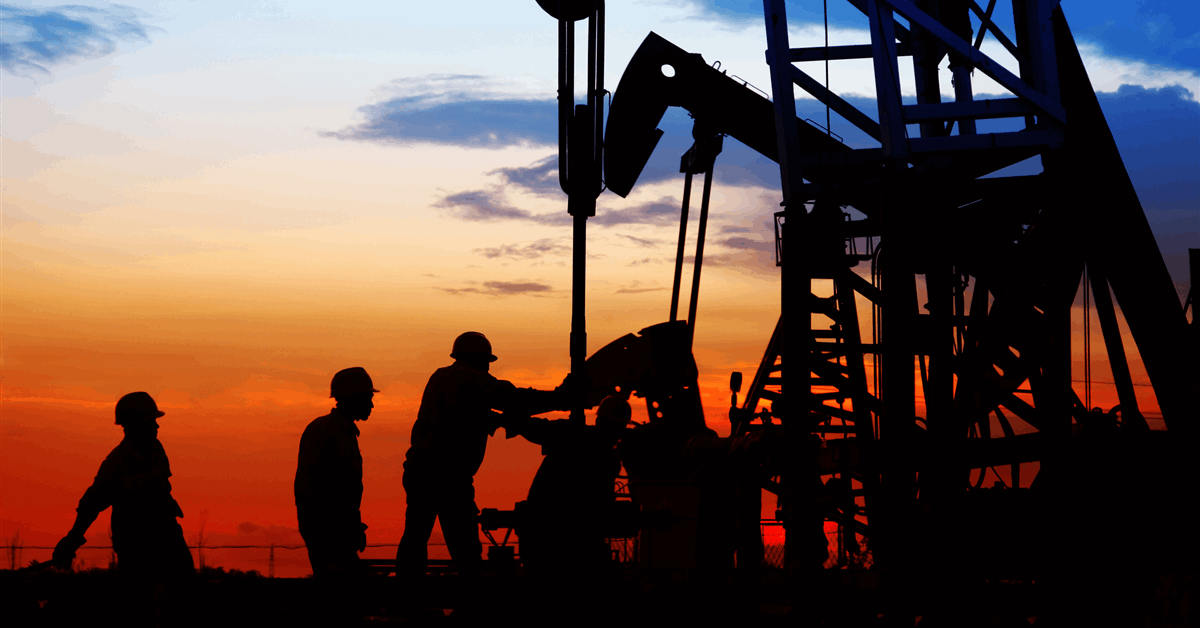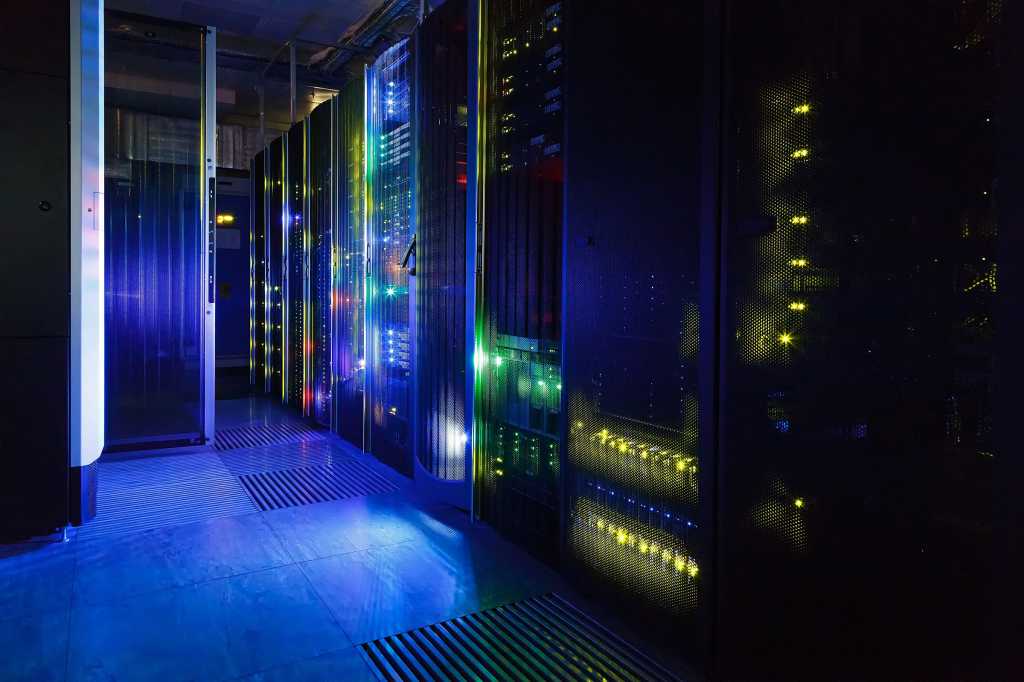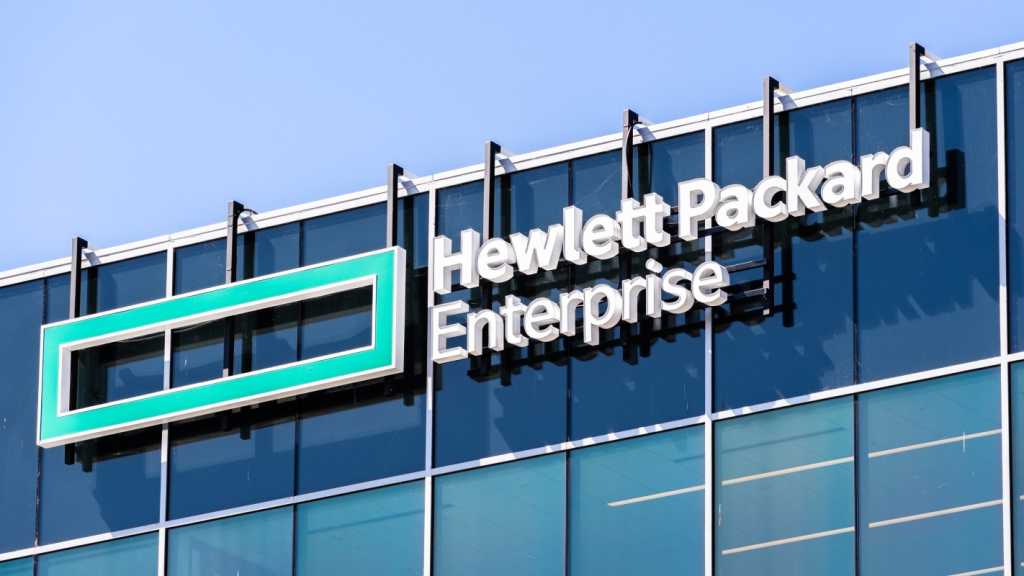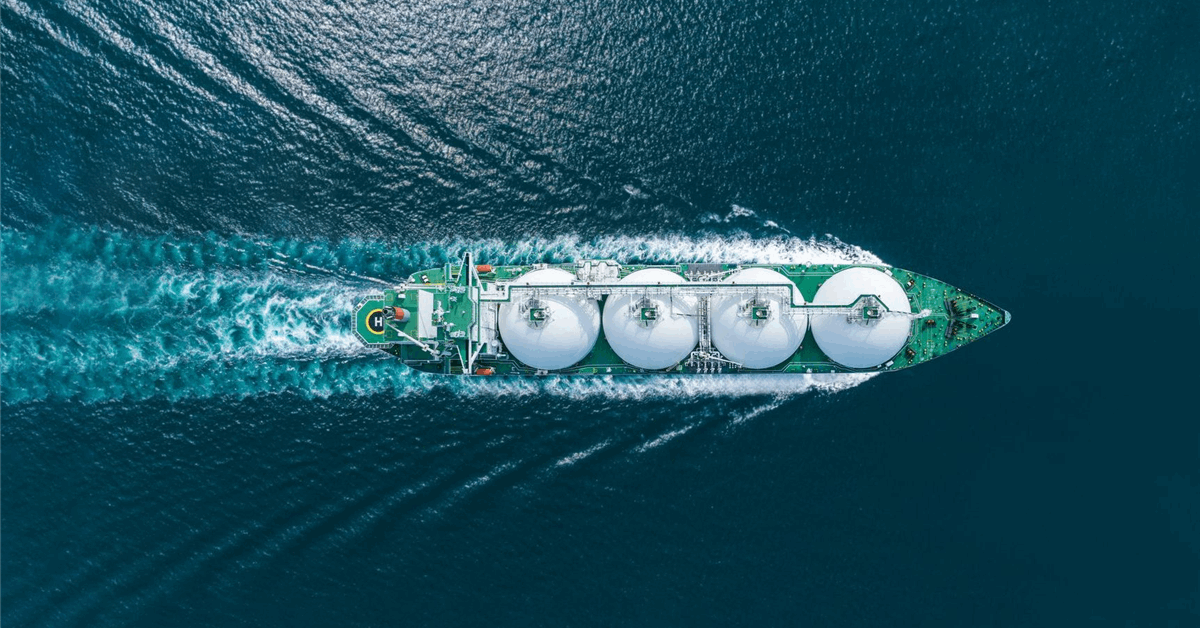
Shell PLC and its LNG Canada partners announced Monday they had dispatched the first cargo from the Kitimat, British Columbia project, saying the milestone introduces Canada as an exporter of liquefied natural gas (LNG).
With a capacity of 14 million metric tons per annum (MMtpa) from two trains, the facility targets the Asian market.
“With LNG Canada’s first shipment to Asia, Canada is exporting its energy to reliable partners, diversifying trade, and reducing global emissions – all in partnership with Indigenous Peoples”, Prime Minister Mark Carney said.
“By turning aspiration into action, Canada can become the world’s leading energy superpower with the strongest economy in the G7”.
British Columbia Premier David Eby said, “With abundant resources the world needs and a strategic location to deliver them, shovel-ready projects like this are how B.C. will become the engine of a newly revitalized, more independent, and growing Canada”.
LNG Canada Development Inc., the joint venture, said it is evaluating the potential for a two-train expansion that would double the capacity.
“Each LNG Canada joint venture participant will provide its own natural gas supply and individually offtake and market their respective share of liquified natural gas from LNG Canada, starting today”, LNG Canada said.
Shell is the biggest owner in the project at 40 percent through Shell Canada Energy. Malaysia’s state-owned Petroliam Nasional Bhd. holds 25 percent through North Montney LNG LP. Japan’s Mitsubishi Corp. and China’s state-backed PetroChina Co. Ltd. each have 15 percent through Diamond LNG Canada Partnership and PetroChina Kitimat LNG Partnership respectively. Korea Gas Corp. owns five percent through Kogas Canada LNG Partnership.
The Haisla Nation is also involved in the project as site host.
Contracts awarded for the project have exceeded CAD 5.8 billion ($4.27 billion). “This includes more than CAD$4.9 billion to Indigenous-owned and local area businesses”, LNG Canada said. “It includes a CAD$500 million contract with HaiSea Marine, a joint venture between the Haisla Nation and North Vancouver-based Seaspan providing harbor and escort tugboat services to LNG Canada with its innovative fleet of battery-powered and low emissions vessels”.
Shell said, “As Asian markets transition away from coal, exports from LNG Canada are well-positioned to play a crucial role in global decarbonization efforts”.
In its latest LNG outlook, published February, Shell said that thanks to Asia, global LNG demand could reach 630-718 MMtpa by 2040, a higher forecast compared to 2024.
“More than 170 million tonnes of new LNG supply is set to be available by 2030, helping to meet stronger gas demand, especially in Asia, but start-up timings of new LNG projects are uncertain”, it said.
China’s push to connect more people to piped gas and India’s gas infrastructure build-out support demand in Asia, Shell said.
Besides economic growth in Asia, other drivers are emission reduction efforts in the heavy industry and transport, as well as demand in the AI sector, according to Shell.
In March Shell declared a goal of increasing its annual LNG sales by 4-6 percent through 2030.
Last year it sold 65.8 million metric tons of LNG, while it recorded 29.1 million metric tons of liquefaction volumes. Australia accounted for the bulk of Shell’s liquefaction volumes in 2024 with 14.4 million metric tons, followed by Trinidad and Tobago with 4 million metric tons and Nigeria with 3.5 million metric tons, according to the company’s annual report.
To contact the author, email [email protected]


